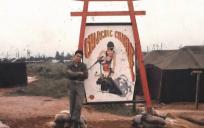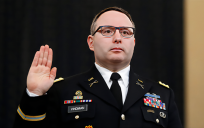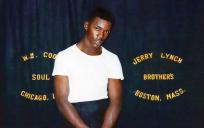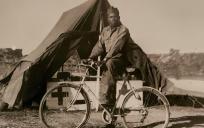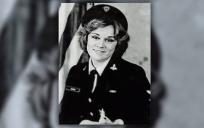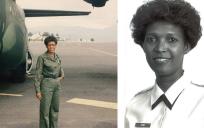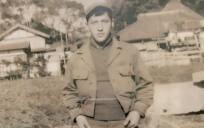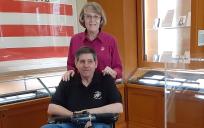Record date:
Theodore Acheson Transcript.pdf
Theodore “Ted” Acheson, DASPO (Department of the Army Special Photographic Office)
The rush of adrenaline spiraling through one’s body while photographing a battle is so powerful, it’s the equivalent of an aphrodisiac, says Theodore Acheson. That mindset and determination to shoot strong footage to make the mundane interesting led to the Army photographer gaining major recognition for his work during the Vietnam War.
Born in the blue collar city of Flint, Michigan, on November 15th, 1945, Acheson’s father owned a bar and his mother was a reporter for "The Flint Journal". He comes from a family of veterans: his grandfather served during World War I, his father and his uncle served during World War II, and another uncle was in the Korean War. While admittedly a poor student, Acheson had natural talents in the arts, literature, and history. He enrolled at the Layton School of Art in Milwaukee, Wisconsin, and was the first among his family—both on his mother’s and father’s side—to go to college.
Acheson was drafted into the US Army in January 1967. While talking with a recruiter, he discovered there was a “motion picture photographer” position, so he wrote that as his third choice because he was told that no recruit gets their first or second choice. The suggestion paid off. After basic training, Acheson went to the Motion Picture School at Fort Monmouth in New Jersey and was recruited into the Department of the Army Special Photographic Office, a special unit created to collect visual documentation of the war for the US Army, Pentagon, Joint Chiefs of Staff, and Congress.
When Acheson completed his specialty training, he was sent to Thailand and captured footage of US Special Forces training the Thai Army, which sent nearly 40,000 troops to Vietnam during the war. Others assignments Acheson had included documenting the aftermath of battles and bombing assaults, such as the bombing campaigns in Cambodia, the Battle of Khe Sanh, and the Battle of Thon La Chu.
While not required to carry a weapon on the battlefield, Acheson encountered instances, such as the Battle of Thon La Chu, when he had to engage in combat with the North Vietnamese. Never afraid to get into the trenches to capture the perfect shot, Acheson was injured at the battle and practically got himself to a hospital in Saigon. But the city soon came under assault during the May Offensive, the second phase of the Tet Offensive in 1968. While caught in the action, he was hit with shrapnel from an American hand grenade that went into his rear end and through his leg.
It was this determination that garnered some fantastic visuals, such as right behind American soldiers in firefights. “I used them as protection, sad to say, but I did,” Acheson says. “I mean, I had nothing out there, you know. Neither did they except, maybe a tree once in a while.”
Being unarmed on the battlefield was just part of the job for Acheson. “We were told, ‘You don't pick up a weapon until you have to pick up a weapon. Your job is to document what is going on, and if you need the weapon, you pick it up. Otherwise, you do your job,’” he recalls. “If you don't do this, how are we ever gonna see anything? What went on in Vietnam?” That mindset allowed him to earn Cinematographer of the Year for the Department of Defense in 1969 by the National Press Club.
Acheson also describes his grimmest assignment of photographing the dead US servicemen in the mortuary and it being a trigger for PTSD.
All in all, Acheson’s looks back fondly on his time in the Army, particularly the camaraderie and family dynamic he and his fellow DASPO members have. He recently went to the group’s fifteenth reunion. “We lived in close quarter with each other, we got to know each other,” he says. “We got to be lifelong friends with each other.”
Acheson and a few other photographers are featured in the Citizen Soldier program: Capturing the Faces of War: DASPO Photographers in Vietnam.
Glimpses of his work can be found in the web exhibit: Faces of War: Documenting the Vietnam War from the Front Lines.
